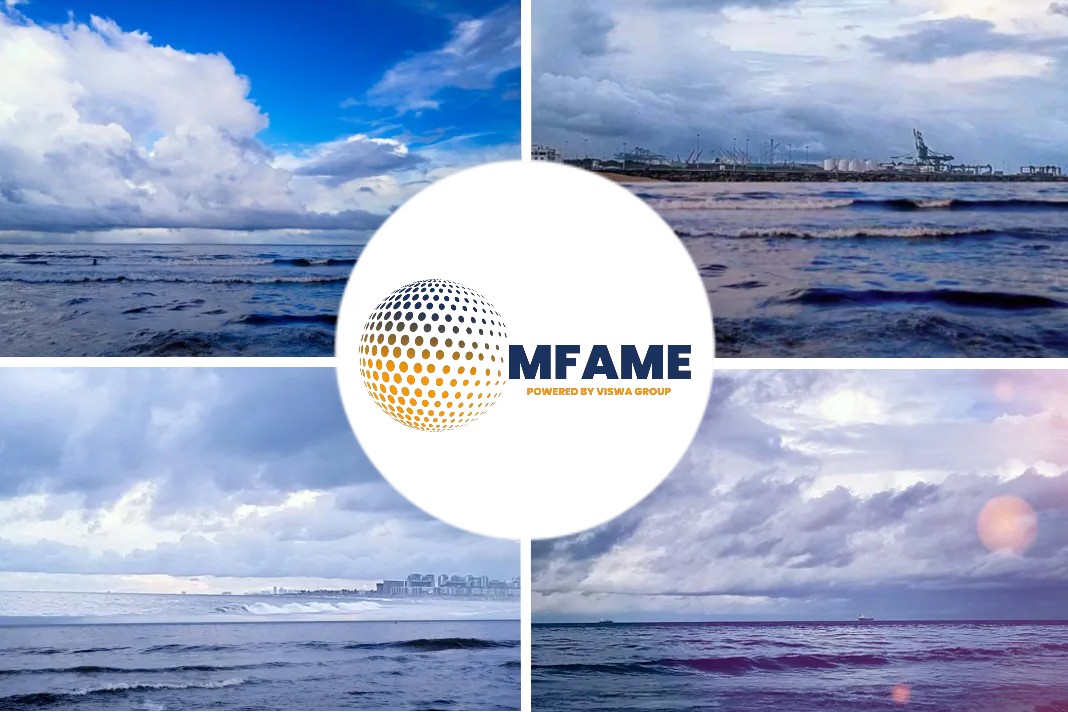Checking and controlling carbon emissions is vital for the growth and sustenance of the maritime industry. LNG-powered vessels are anticipated to witness significant growth in the market share, as environmental regulations become more rigid. LNG Ships produce 25% fewer carbon and nitrogen emissions, says an article published in Marineinsight.
OSK lines
Moreover, LNG is more affordable compared to the costly low-sulfur heavy oil, which is now being popularly used by most ocean-going vessels.
There has been a tremendous increase in the transportation of LNG, as the value and scope of the LNG trade have risen. Larger ships are now the norm, short-term contracts are becoming more common, and the spot market is becoming more active.
There are, however, some safety drawbacks that must be taken into consideration. Many serious tanker fires have occurred in recent years. In March 2017, a Chinese tanker exploded, causing extensive damage to the vessel and the disappearance of three crew members. In another incident, an explosion claimed the lives of five crew members during a mission in central China in 2012.
The LNG tanker Fuwairit, owned by the Japanese shipping company Mitsui OSK lines, leaked vapour into the port of Barcelona in 2015. In Navantia-Ferrol, they had to fix four cracks in the ship’s deck after a valve and a high-level alarm failed simultaneously. At tank No. 1’s top, a “pool” of floating LNG had developed, and when it came into contact with salt water, it vaporized, creating a gas cloud that can be seen by the condensation of seawater vapour.
A record number of LNG tankers leave Canada’s west coastlines every year, en route to destinations as far afield as Europe and Asia. As a result, the vast majority of tankers now traverse narrow waterways and densely populated areas. As a result, the potential dangers of LNG ships in these waters should never be underestimated.
Advantages of LNG as a marine fuel
LNG can be defined as a gas that has been cooled to a liquid state for the purpose of storage and transportation. Natural gas in a gaseous state occupies approximately 1/1600th of the volume of LNG in a liquid condition. It’s the cleanest fossil fuel and a green energy source that has attracted many industrial sectors including the maritime.
Liquefied natural gas is made up of a variety of hydrocarbons such as methane, butane, propane, and propylene, as well as a trace amount of nitrogen. The exact composition of LNG varies, depending on the source and liquefaction procedure used.
LNG typically contains 85- 95% methane by weight. Liquid nitrogen, sometimes known as “liquid helium,” has a density of 426kg/m3. When it comes to transporting and storing LNG, double-walled containers are used to keep it cool and decrease the chance of leaking.
Because of its ability to satisfy regulatory standards, improve air quality, and reduce greenhouse gas emissions while also lowering costs, switching to LNG can have considerable benefits.
The EEDI rating of LNG-fueled ships can be reduced by 20%, and the Carbon Intensity Indicator can be reduced by around the same percentage. Compared to conventional designs, competitive vessel design provides compliance for an additional ten years after construction is complete.
Modern engine technology can cut particulate matter (PM) GHG emissions by up to 23% while reducing NOx emissions by up to 80% and nearly eliminating sulphur oxide emissions. Drop-in fuels and biogas are other options for decreasing the carbon intensity of vessels.
When consumed, LNG releases fewer nitrogen oxides and carbon dioxide than other fossil fuels because it removes sulfur during the pre-liquefaction process. As a result, LNG is believed to have a minimal environmental impact.














